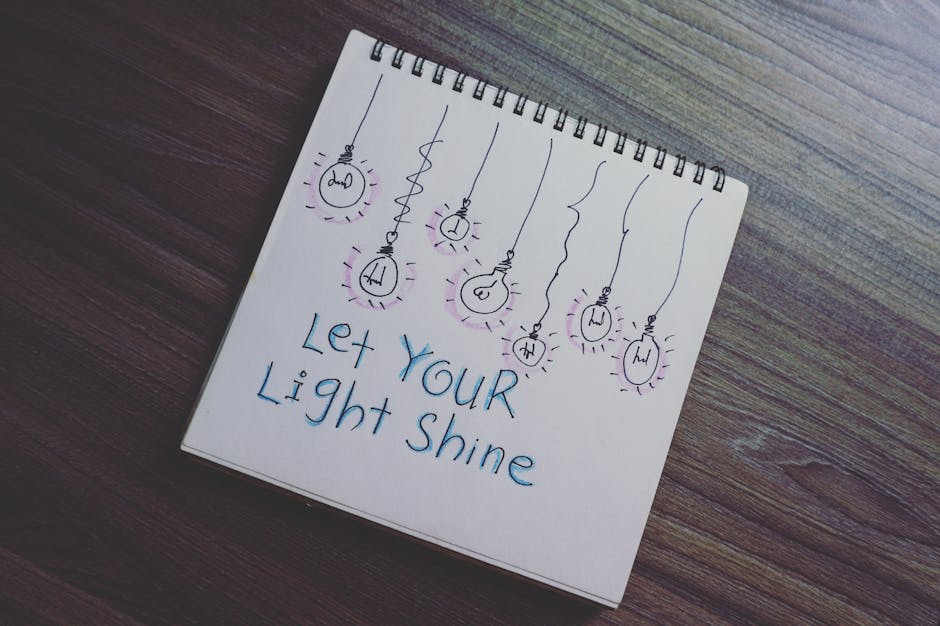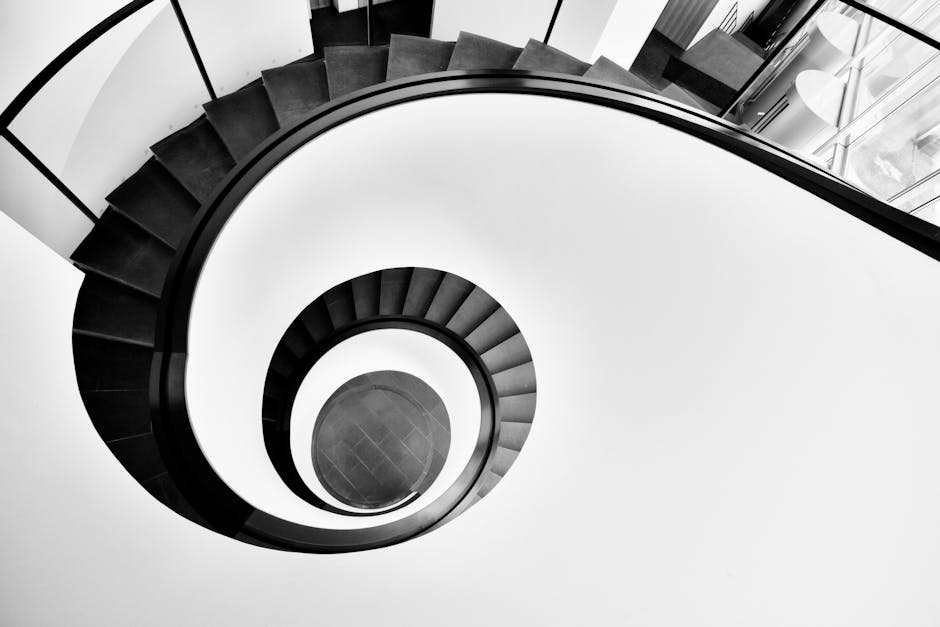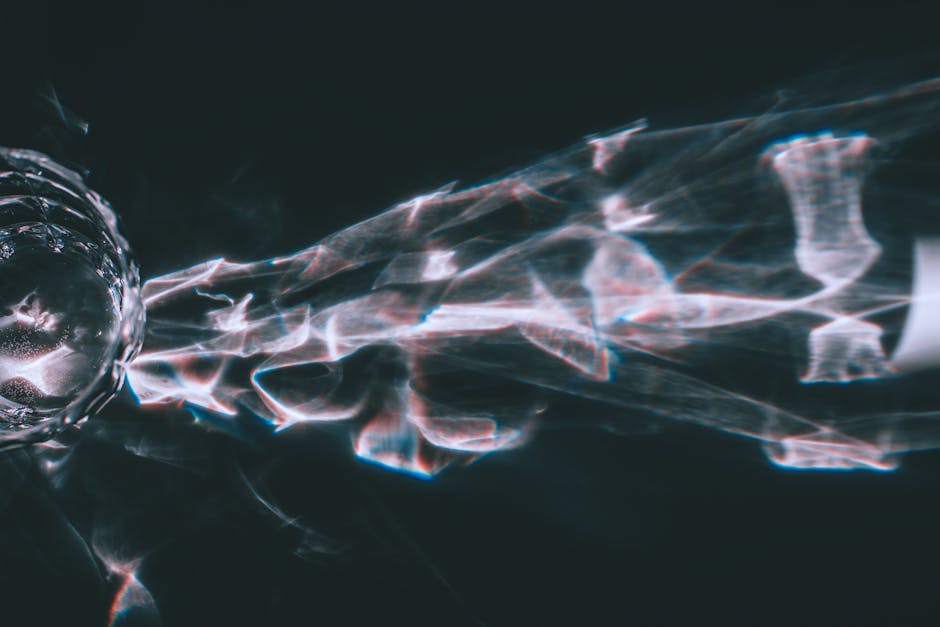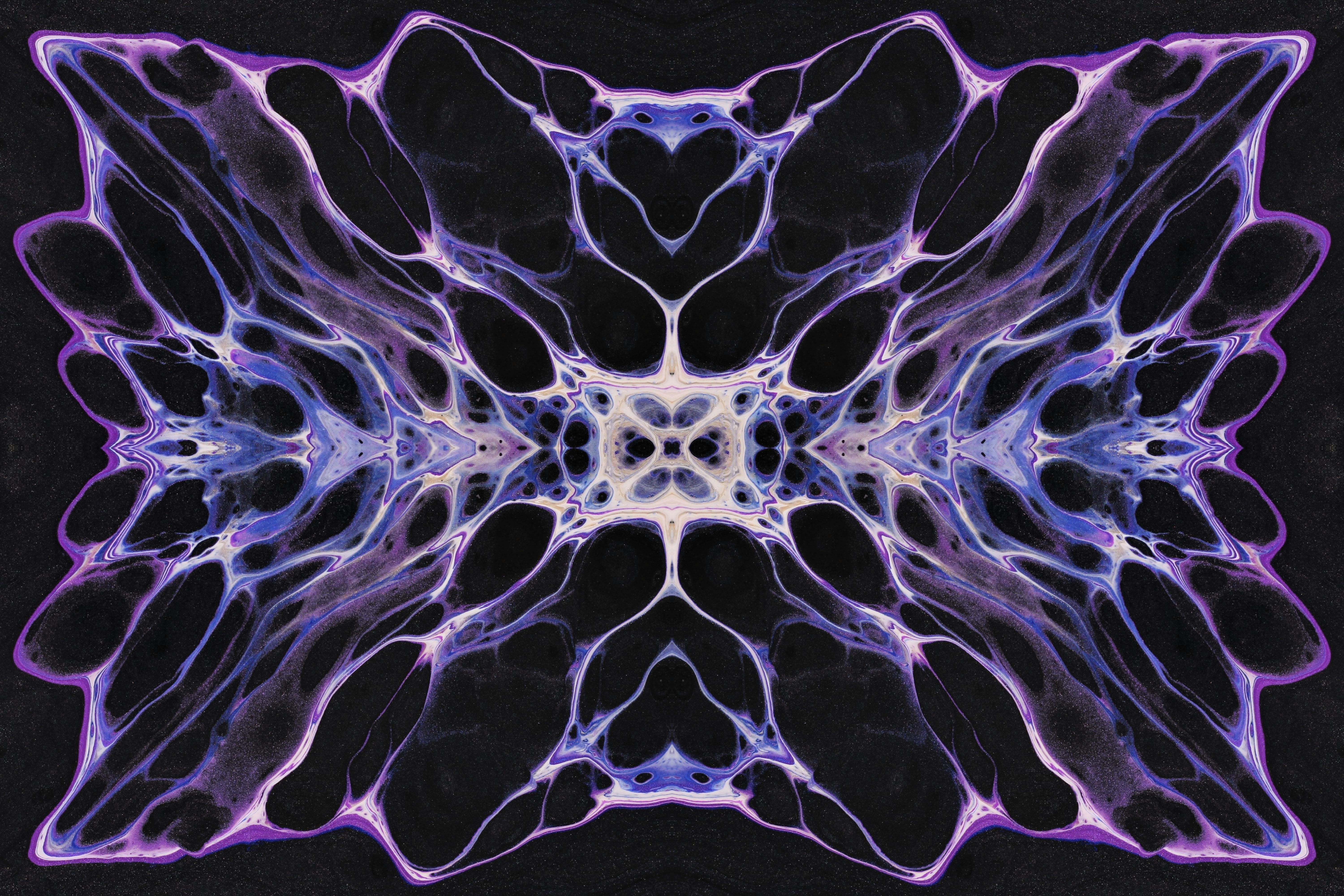Sculpting Light: Create Stunning DIY Kinetic Light Installations
In the world of home décor, where the traditional meets cutting-edge innovation, the concept of kinetic light installations is not just a trend—it's a transformative approach to how we experience our living spaces. Imagine stepping into a room where shadows dance, and light breathes—creating an ever-changing atmosphere that shifts with the play of movement. This article will guide you through crafting your own DIY kinetic sculptures that beautifully merge artistry and technology, allowing you to explore the mesmerizing interplay of light and motion in your home.
The Art of Kinetic Light Installations

The essence of kinetic art lies in its movement. Whether created through mechanical means, wind, or simple gravity, these installations engage viewers not just visually, but evoke a sense of wonder and curiosity. You’ll find that crafting your own DIY kinetic light involves exploration, experimentation, and a healthy dose of creativity. It’s less about the final product and more about enjoying the journey of bringing your vision to life.
Materials You’ll Need

Before we dive into the process, let’s gather some essential materials. Depending on your design, you may need:
- LED Light Strips or Bulbs: Energy-efficient and flexible, they can be used in various configurations.
- Motors: Small motors, such as servos or DC motors, can provide movement to your design.
- Wires and Connectors: These will help integrate your lights with the motors for a flow of electricity.
- Lightweight Materials: Consider using cardboard, acrylic sheets, or canvas for your sculptures.
- Reflective Surfaces: Materials like mirrors or aluminum foil can enhance light play, adding a depth that captivates the eye.
For further insight into materials, check out this post on transforming unused spaces into serene areas, which showcases innovative DIY materials.
Design Inspiration: Ideas to Ignite Your Creativity

As with any great DIY project, inspiration can come from numerous sources. Here are some ideas to spark your imagination:
- Nature-Inspired Forms: Emulate organic shapes like leaves or waves that can respond to light and movement, much like the breathtaking views we see in nature.
- Geometric Designs: Opt for modern aesthetics with clean lines that create mesmerizing light patterns as they move.
- Abstract Sculptures: Let your creativity run wild! Abstract shapes can form beautiful shadows and highlights that intrigue and draw attention.
You might also consider incorporating elements of biophilic design to enhance your installation with themes that reflect natural beauty.
Step-by-Step Guide to Building Your Kinetic Light Installation

With design inspiration swirling in your mind, it’s time to jump into the nitty-gritty of construction. Follow these steps for your kinetic light masterpiece:
Step 1: Sketch Your Concept

Before grabbing your tools, sketch out your ideas. This blueprint doesn’t need to be perfect; it’s merely a guide to help you visualize the structure, movement, and overall aesthetic.
Step 2: Choose Your Base

Decide on a base for your sculpture. It could be a simple wooden frame or a more elaborate structure. Ensure it’s sturdy enough to support your design while allowing for movement.
Step 3: Build the Movement Mechanism

Integrating motors can be tricky, but it’s critical for achieving the desired motion. Fix your motor to the base and create a system of levers or simple mechanical connections (hinges, pullies) that will allow for movement. A simple example is using a pulley system that raises and lowers components of your sculpture.
Step 4: Attach the Light Source

Once your movement apparatus is ready, it's time to integrate the light source. LED lights are perfect for this, as they can be easily attached in various configurations. Ensure the wiring is correctly connected to your motors for synchronized movement.
Step 5: Reflect and Diffuse

To give your installation that "wow" factor, consider how light will interact with surfaces. Add mirrors or reflective materials to catch and distribute the light in interesting ways. If your design is complex, you might also want to include diffusing elements like colored gels or translucent materials to further explore how shadow and color might transform your installation.
Step 6: Test and Adjust

Now comes the exciting part! Mine for movement by powering up your sculpture. Adjust the speed and angles to see how each tweak changes the light play. This is where you can personalize the experience—small changes can lead to vastly different outcomes.
Step 7: Showcase Your Installation

Finally, find a prominent position in your home to display your kinetic light installation. Lighting can significantly change the ambiance; placing it near a window can add a natural element during sunset or enhance mood with the artificial glow at night.
Create an Atmosphere with Kinetic Installations

One of the remarkable aspects of kinetic light sculptures is their ability to evoke emotion and change the atmosphere of a room. Consider the types of feelings different movements can convey. For example, slow, rhythmic movements might evoke calmness, while rapid oscillations could foster energy and excitement.
The Benefits of Kinetic Art in Home Decor
- Dynamic Visual Narrative: Kinetic sculptures invite attention and interaction, giving depth to your spaces.
- Emphasis on Light and Shadow: They make the most of natural light during the day and artfully transition to artificial lighting at night.
- Personal Expression: Building your installation offers a canvas for creativity while reflecting your personality.
Incorporating kinetic art can also complement various trends in home décor, from storytelling through elements to creating tranquil environments with gentle movement.
Step Out of Your Comfort Zone: Experiment and Evolve
Creating kinetic art is not just about following steps; it's also about embracing the unknown. Experiment with your designs. Try different materials or explore various movement mechanisms. The more you delve into this art form, the more you'll find your aesthetic voice increasingly reflected in your projects.
Final Thoughts: The Begining of Your Kinetic Home Journey
Creating kinetic light installations represents more than just an exciting DIY challenge; it's a doorway into an innovative realm that combines art and technology, transforming how we interact with spaces. Your journey doesn’t have to stop with just one creation. As you grow more confident in working with light and movement, consider projects like upcycling everyday materials into kinetic designs, or maybe explore how color can enhance emotional experiences within your installations through color temperature manipulation.
The world of kinetic art awaits your creative touch—embrace the process, and let your imagination soar as you sculpt light into your living spaces.



